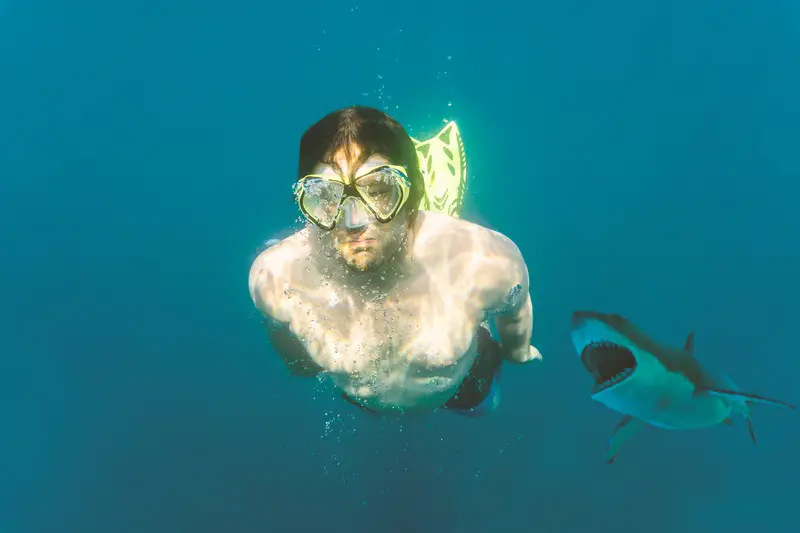Fishermen on Mexico’s western coast knew that there were sharks in the waters, and they avoided fishing for several days. One diver decided to take his chances.
A great white shark decapitated 50-year-old Manuel Lopez in front of horrified witnesses off the coast of Mexico earlier this year, in the first deadly shark attack of 2023.
The diver was reportedly scuba diving for a type of mollusk called ax tripe near the San Jose Beach in Tobari Bay, on Mexico’s western coast, when the 19-foot-long shark attacked him.
The fisherman had his head and shoulders ripped off.
A witness, fisherman Jose Bernal, told local news media that Lopez was diving into the sea when the shark suddenly attacked him.
According to Bernal, the fisherman didn’t have an oxygen tank even though mollusks typically swim in depths of between 36 to 59 feet.
In spite of the warnings about shark sightings, Lopez decided to make the trip to the bottom of the ocean.
Bernal said that most of the anglers were staying on the shore because of the warnings. This caused a shortage of seafood and demand was high, prompting Lopez, who apparently had profits in mind, to make a decision that would be his last.
It was the second fatal attack in the area since February 2022, when another fisherman, 56-year-old Victor Estrella, was attacked by a shark while fishing for scallops in Yavaros, Sonora.
The great white shark grows to about 20 feet long and has over 200 sharp serrated teeth. It can swim up to 35 mph. It normally preys on seals, dolphins, and sea lions but often mistakes humans for seals when they wear wetsuits.
Most attacks in the Gulf of California happen in December and January when great white sharks are most numerous.











